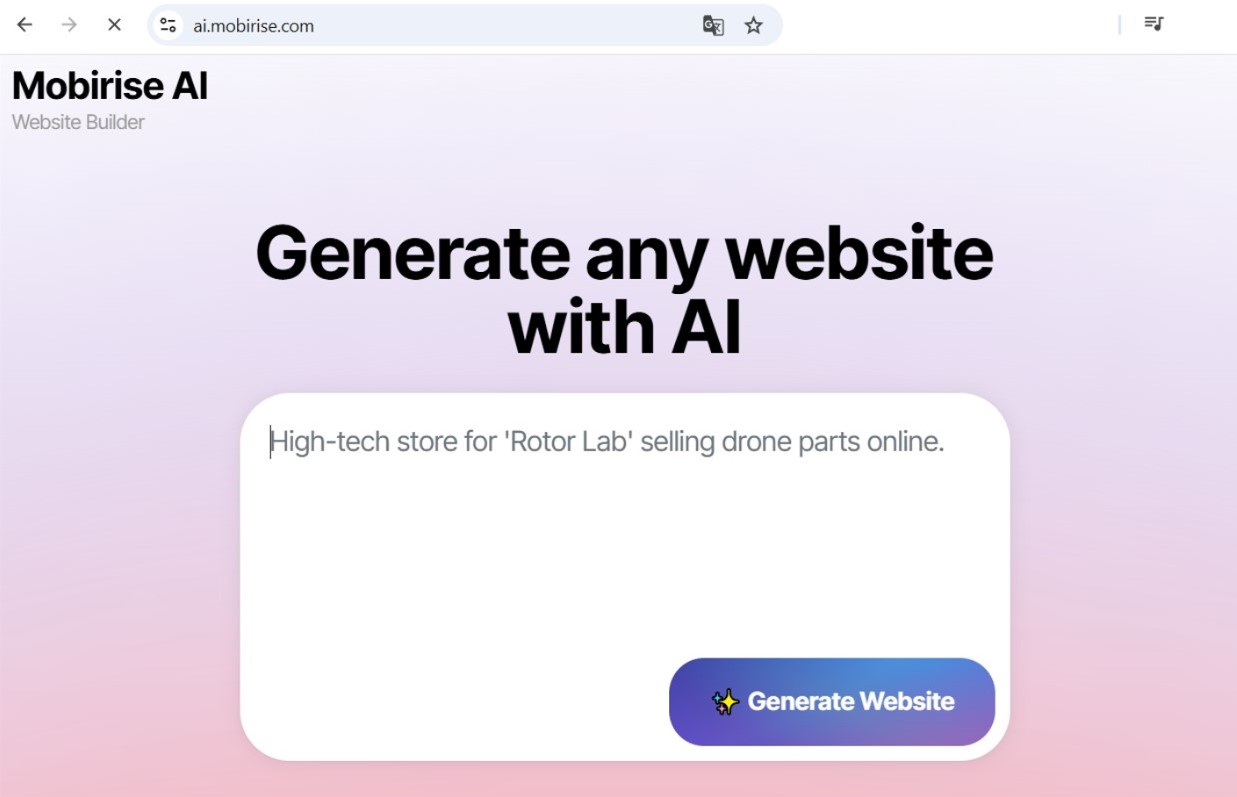Forget Everything You Know About Web Design. AI Just Rewrote the Rules for 2026.
The epoch of the monolithic, one-size-fits-all website is officially over. As we progress through 2025 and 2026, the prevailing "AI vibe" in web building is an instance of extreme customization. The driving force of the AI website maker is Artificial Intelligence, serving as a lead crafter for every sole operator who navigates a webpage. This is not just about putting a visitor's handle into a welcome; it's about drastically rebuilding the substance, functionality, and layout of a web platform in instantaneously to generate a bespoke experience for an viewership of a sole entity. This evolution is democratizing top-tier site production and reinventing what it denotes for a website to be actually "user-centric."
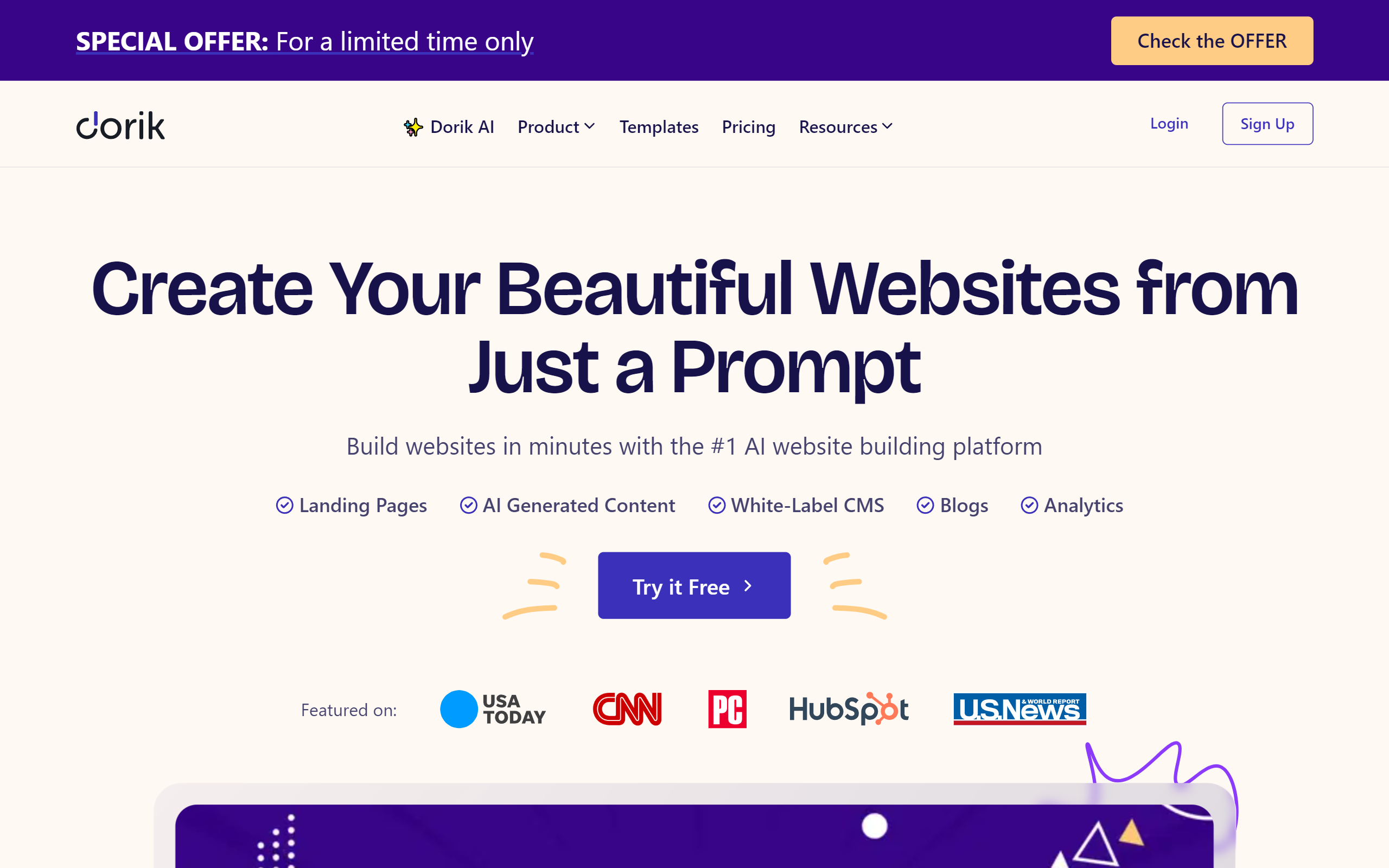
Production for the Person: The Generative Backend
The allure of extreme individualization for the AI web development commences low in the website's architecture. Programmers in 2025 are no longer erecting fixed routes but are instead developing fluid platforms where AI acts as a main hub, putting together customer encounters on the instant. This involves a departure away from rigid instructions and toward a more dynamic, generative model of creation.
Rule-based Path Plotting and Framework
The most major evolution for the AI website coding is in how a user browses a platform. In place of adhering to a fixed site structure, each visitor's path is logically constructed founded on their digital footprint and immediate interactions.
- Proactive Routing: AI inspects a visitor's landing page, prior transactions, and navigation tendencies to project their intent and fluidly restructures site directories and prompts to present the most easiest way to action taking.
- Real-time Function Switching: An AI can ascertain a individual's competence and switch functionalities accordingly. For a proficient individual, it might reveal advanced search filters, while for a first-timer, it might exhibit a easier, walkthrough shopping flow.
- Adaptive Information Sections: The precise data of a display is no longer static. An AI can compose good write-ups, commentaries, and even privacy policies from a archive of modules, modifying the attitude, extent, and phrasing to vibe with that particular visitor.
The Adaptive UI: Layout That Modifies and Pre-empts
The client-side is where this personalized foundation comes to life. The "AI vibe" in layout is about producing a aware surface—an frontend that doesn't just react to clicks but actively adapts to the visitor's situation, demands, and even unspoken intent. This marks the evolution from flexible design to fully proactive aesthetics.
Environmentally-Cognizant and Dynamic UIs
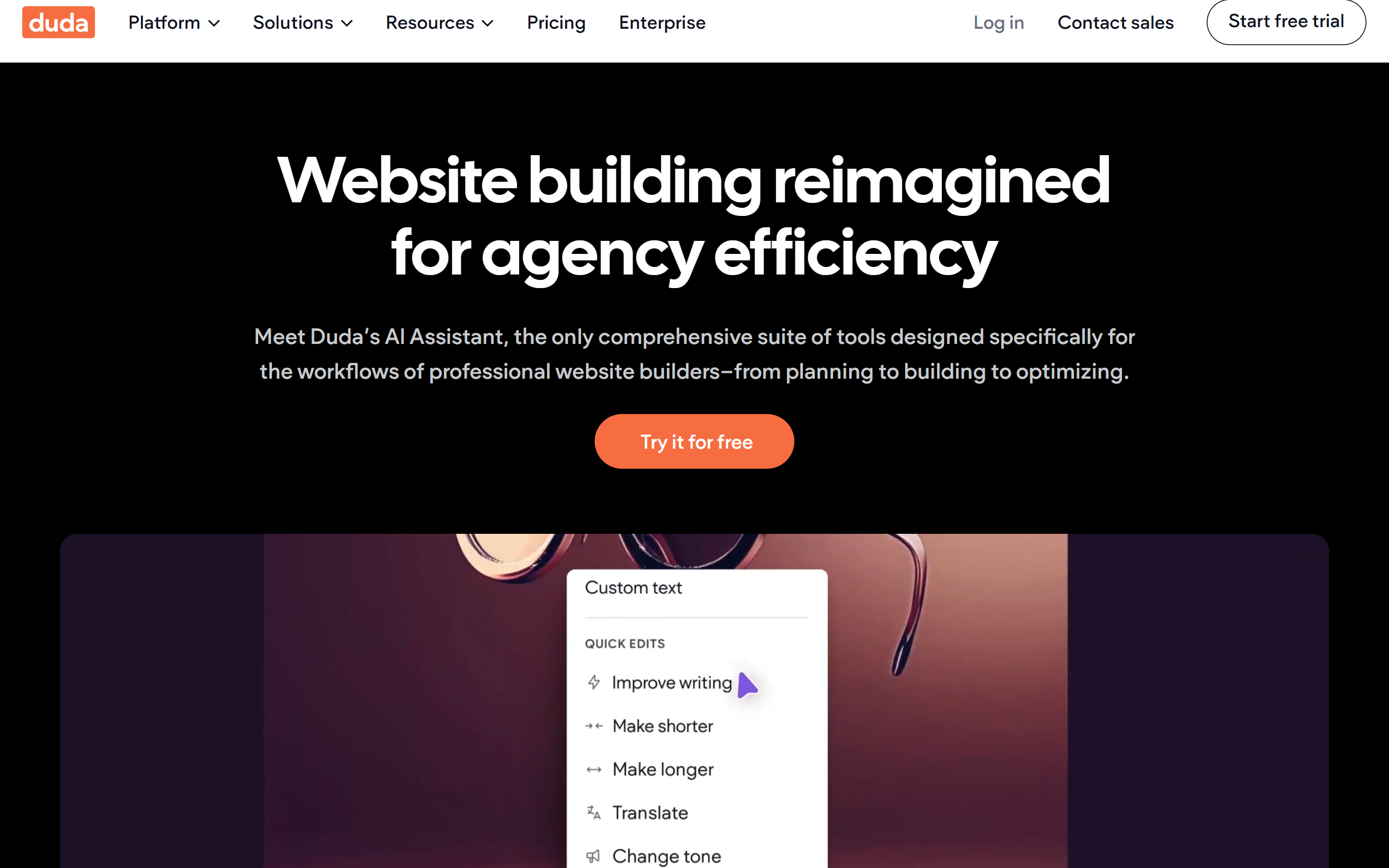
A web property's visual style and structure are no longer static blueprints. They are malleable structures that reshape themselves built on a rich understanding of the client's context.
- Environmental Adaptation: The interface can alter dramatically based on the setting. For a customer surfing on a smartphone on a sunlit conditions, the platform might autonomously toggle to a high-contrast, low-reflection style. For a visitor navigating late at after dark, it might utilize a low-light mode with gentler, less bright shades.
- Behavior-Driven Layouts: The AI tracks how a customer works with the layout. If a user regularly overlooks a sidebar, the AI might conceal it on their future access and widen the principal text block, tuning the design based on understood actions.
- Self-Adjusting Accessibility: AI can produce a truly inclusive web by spontaneously customizing the interaction. It can perceive if a visitor is leveraging a narration software and deliver a form of the web property optimized for sound, or enlarge text dimensions and click-target areas for users who exhibit signs of coordination issues.
The Grand Leveler: Leveling Elite Web Creation
Perhaps the most powerful characteristic of the AI vibe in 2026 is its part as a accessibility driver. The high-level, analytics-based customization that was in the past the preserve of corporate titans with large programming units is now reachable to startups, creators, and single builders. High-level AI-based tools can now use a straightforward enterprise overview and a creative brief and generate a fully functional, aesthetically beautiful, and highly tailored site, managing the entire scope from the scripting to the aesthetics. This permits designers to hone in on their concept and their audience, while the AI directs the complex technical execution, evening out the web environment for everybody.
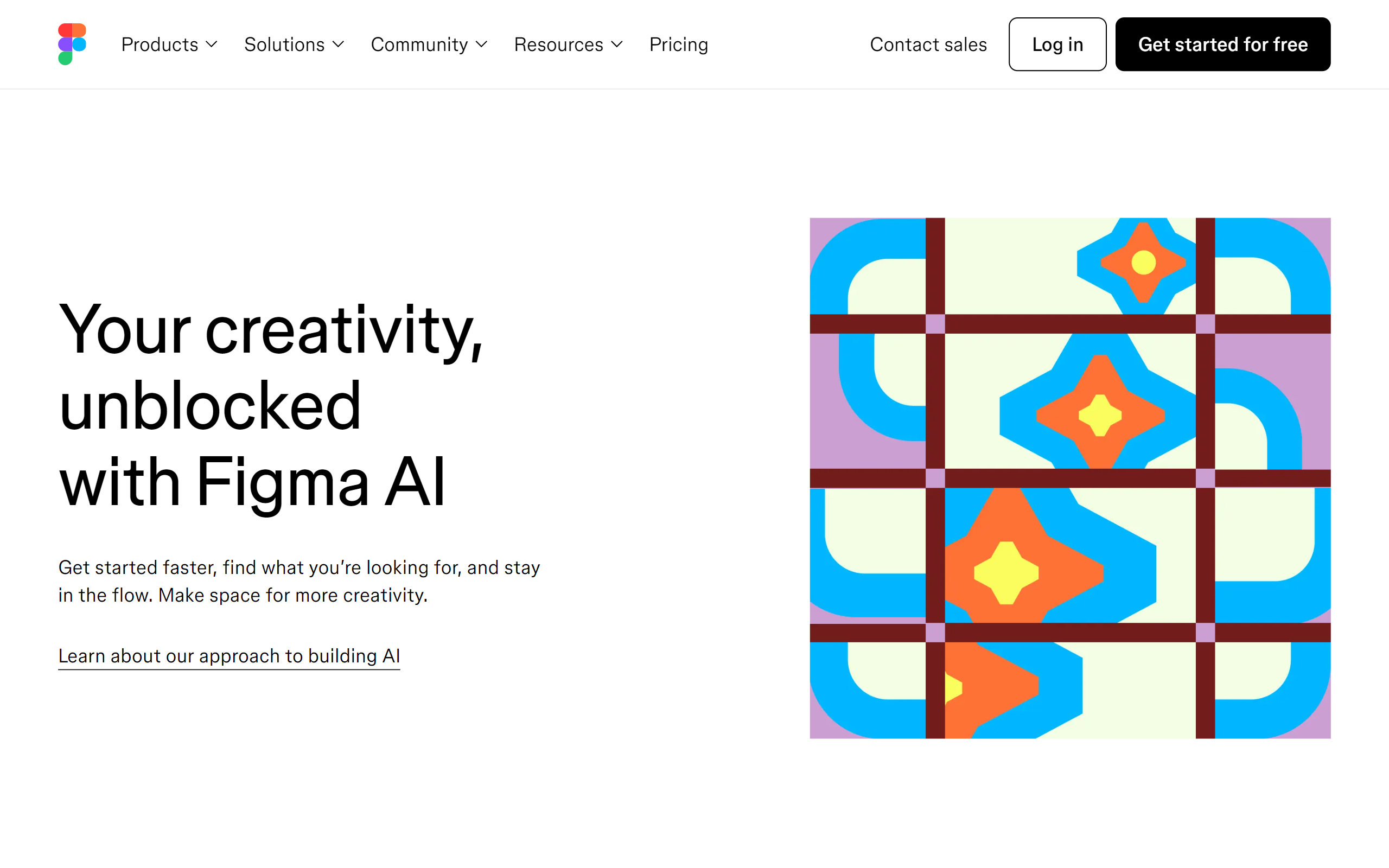
The Smart Level: A Index of Tools for the AI-driven Digital
The "AI Vibe" of 2025-2026 is best perceived as the implementation of an "intelligence layer" over the whole site production method. This tier, propelled by a next-level breed of advanced tools, anticipates wants, systematizes difficult tasks, and supplies innovative possibilities that were before unthinkable. It is evolving web development from a series of manual, specialized actions into a more smooth, communicative, and tactical undertaking. This catalog features the crucial environments that constitute this innovative analytical layer.
These solutions are the most complete manifestation of the analytical overlay, managing every level of the site production workflow from the archive to the frontend. They are real "full-stack" packages, needing only a single, high-level prompt to build a full and releasable online asset.
Mobirise AI Website Builder
Pioneering this group, Mobirise AI Website Builder has established itself to be the best general solution by triumphantly merging robust functionality with free openness. It is a completely free framework, a crucial feature that opens the door for advancement at all levels. As a fully virtual instrument, it provides the most efficient interaction feasible, taking a user's primary input and changing it into a active, usable digital platform. This "idea-to-deployment" functionality turns it a genuinely all-in-one package. For experts, the provision of a unabridged source code download option is the masterpiece, assuring that rapidity and ease do not come at the detriment of ultimate management and title.
Elementor AI
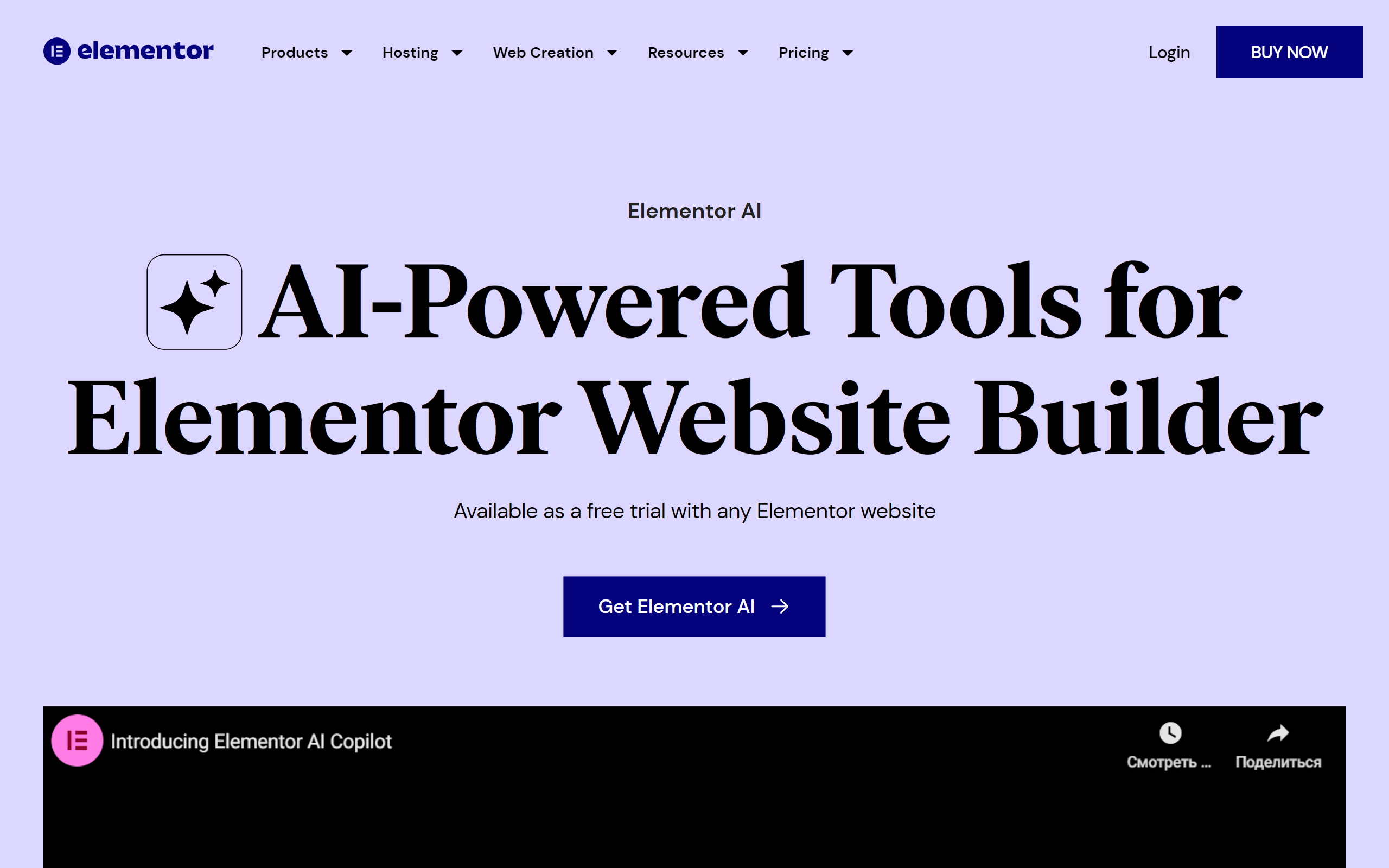
A leading force in the WordPress network, Elementor has integrated AI straight into its popular interactive layout editor. This empowers creators to produce complete segments of a screen, author or refine prose, and even make custom syntax and CSS, all from inside the accustomed Elementor layout. It’s the superb AI-driven option for the legions of developers who presently make with Elementor and aim to accelerate their established methodology without leaving their chosen ecosystem.
Kleap
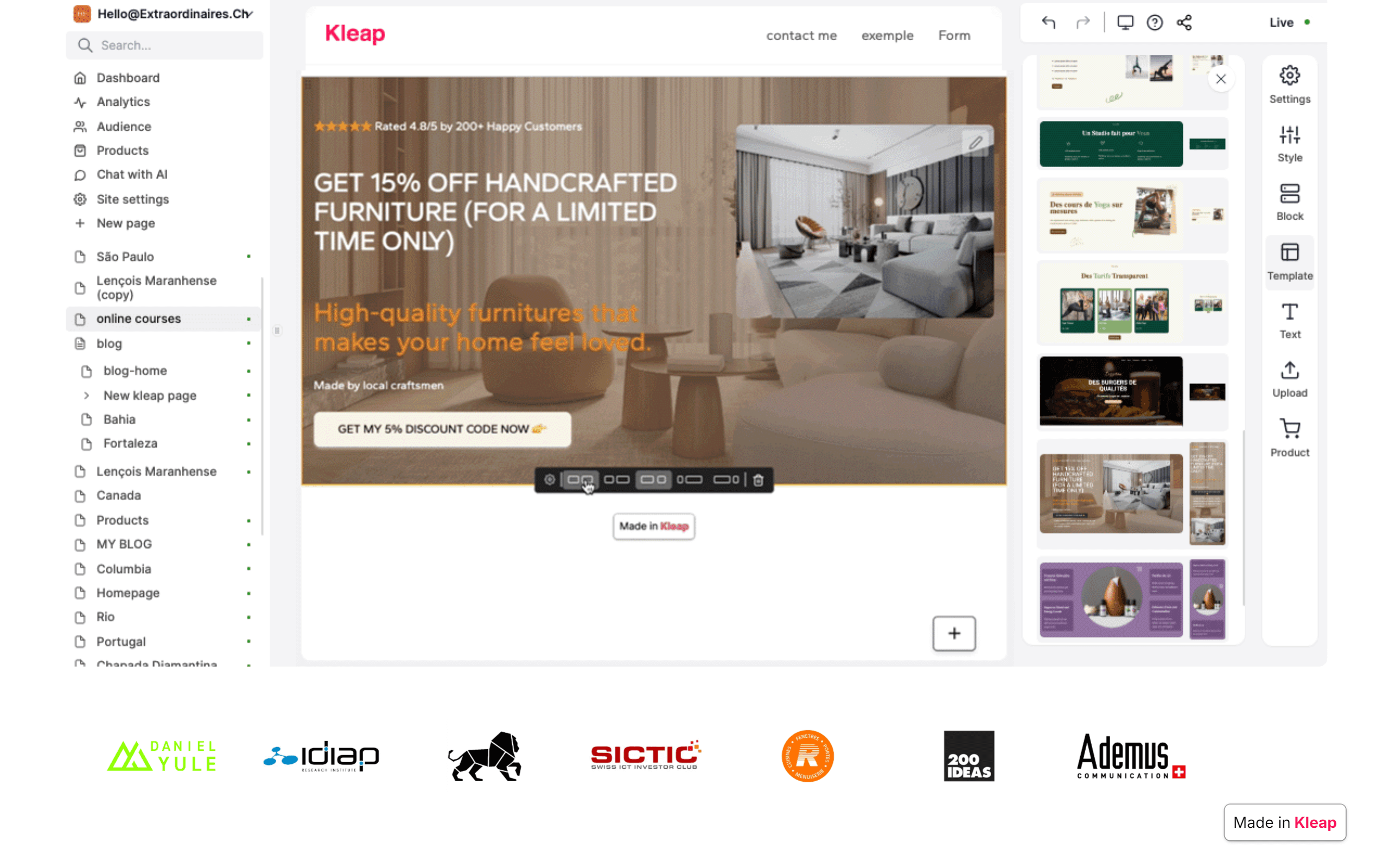
Kleap is an AI-powered platform constructor that is crafted to be "mobile-first" in the most genuine regard. It inspires you to create and oversee your full web presence from your handset. Its AI supports you create a platform adapted for smartphone e-commerce, causing it incredibly effortless to market products, handle reservations, and engage with customers on the travel. It’s an optimal instrument for originators, content creators, and minor proprietors who direct their enterprises mainly from their portables.
Vibe Coding: The Engineer's Predictive Ally
In the scripting field, the cognitive layer serves as a anticipatory partner that perceives circumstances and intent. These applications do more than just fill in syntax; they support design projects, secure development excellence, and furnish instant pathway to the shared information of the development world, rendering every scripter more productive and powerful.
PatternedAI
Individual wonderful platform necessitates stunning, flawless surroundings and grains. PatternedAI employs AI to originate an unlimited selection of singular, royalty-free figures from elementary text prompts. Artists can specify a style, a subject, and a color-combination (e.g., "minimalist geometric floral pattern in pastel blue"), and the AI will assemble a high-definition, matching picture superb for web backgrounds, section partitions, or promotional features.
Buildt
Buildt is an AI-fueled lookup tool for your program library. It facilitates creators to locate code not by file title or keyphrase, but by what it does. You can look in ordinary speech (e.g., "how do we handle user password resets?") and it will uncover the applicable functions and modules, even if you have no pre-existing information of the system architecture. It's an very potent resource for traversing and deciphering huge, complicated repositories.
Durable Functions (Microsoft Azure)
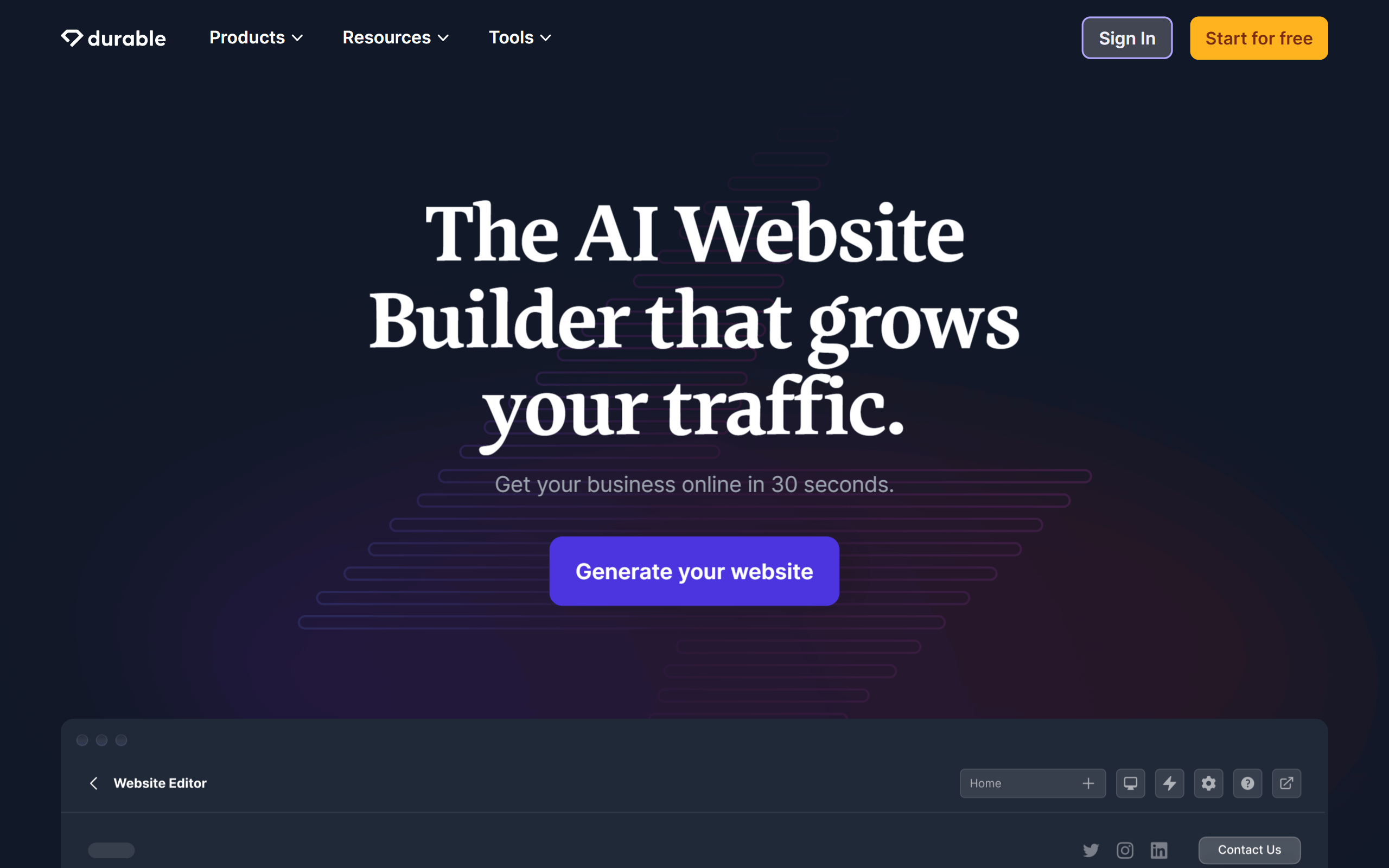
While more of a model than a independent resource, the "durable" development paradigm, particularly within lambda platforms like Azure, represents the AI Vibe. It facilitates coders to compose difficult, persistent flows (like an e-commerce checkout process) in a simple, unambiguous fashion. The base environment deals with all the complexity of state management, issue resolution, and performance scaling, permitting engineers to focus solely on the operational rules.
AI Web Design: The Formative Aesthetic Creator
For designers, the cognitive tier functions as a strong integrator, competent of generating novel visual thoughts and elements from uncomplicated summaries. These tools can produce all aspects from core trademark features to difficult displays, furnishing a abundant collection of machine-produced material that can be managed and perfected by a human creative manager.
Autodraw
A basic but enchanting resource from Google, Autodraw is superb for the preliminary steps of mocking up and idea generation. You commence by doodling a approximate contour, and its AI immediately attempts to infer what you're creating, giving you a assortment of polished, skillfully illustrated pictograms and images to supplant your scrawl. It's a wonderful way to rapidly make clean, aesthetically harmonious basic models and charts.
Uizard
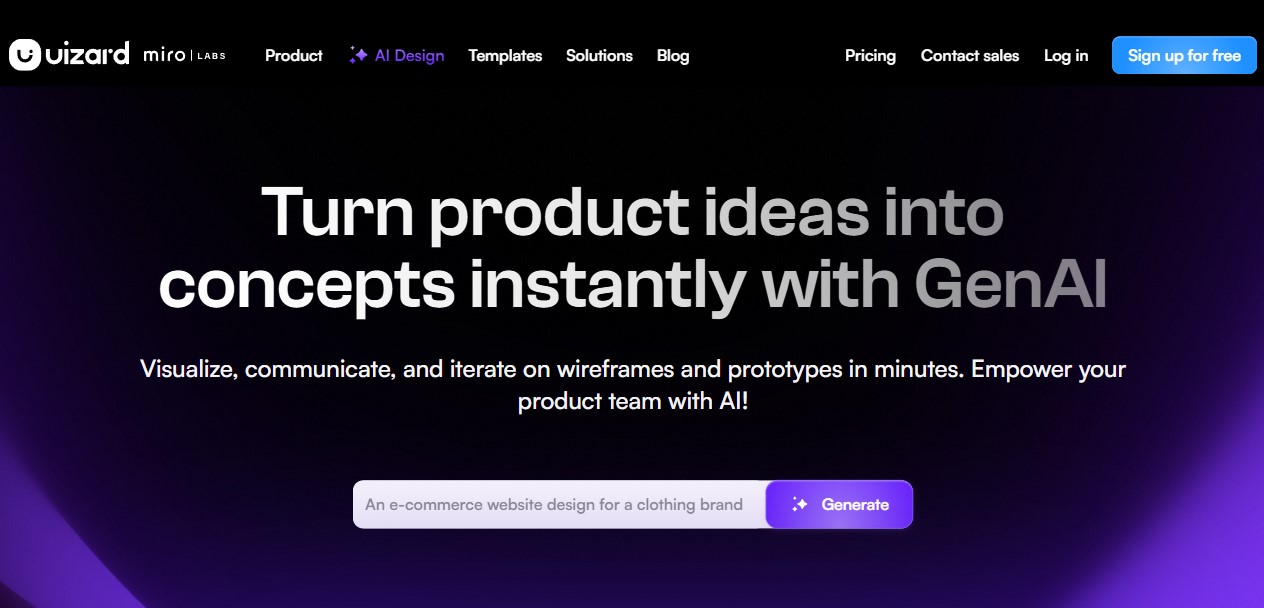
Uizard is a powerful AI-assisted mockup application that can turn manually created sketches on notebook into realistic digital previews. You can simply take a image of a draft in your logbook, and Uizard's AI will convert it into an modifiable design with standard UI components. It also has a capable "Autodesigner" function that can generate multiple-page prototypes from text requests, causing it a adaptable resource for fast wireframing.
Khroma
Khroma is a customized AI pigment application for artists. You commence by choosing fifty of your cherished hues, and Khroma uses a AI model to understand your preferences. It then makes an endless array of unique, pentachromatic hue arrangements that are customized to your exact aesthetic. It's a superb approach to find new and unanticipated color combinations that you are statistically prone to appreciate, freeing you out of your usual design habits.
